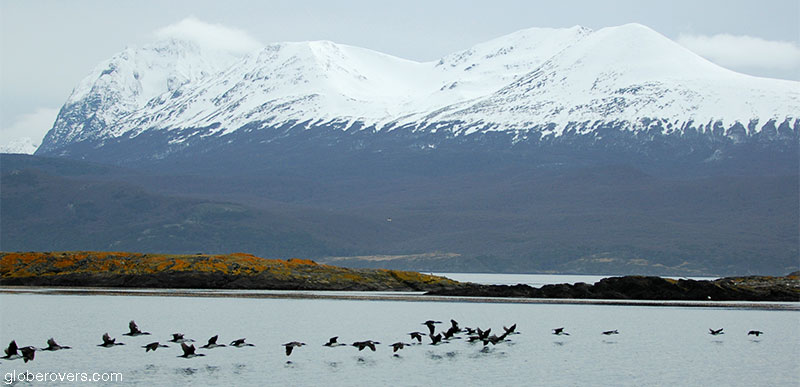
Very tough to select the best experiences in such a large and diverse country. For those with less than a week, you will undoubtedly miss out on some of the best places. Argentina should be explored in not less than three or four weeks, if not more.
Based on my own personal interests and preferences, here is my list of Top 10 experiences not to be missed. Beyond these ten, honorable mentions must go to Córdoba city, Valle de la Luna (Moon Valley), Punta Tombo National Reserve, and Talampaya National Park.
1. Iguazú Falls – Iguazú River
Viewing the Iguazu Falls from the Argentine side is a sight to behold. The never-ending spray coming from the cascades of white foam tumbling into the depths below is an incredible sight and sound.
Between the many vantage points walk through the rainforest to see coatis and tropical birds. Some of the walkways get real close to the thundering falls and you will get completely soaked by the spray.
Once you are close to the falls the sound is so loud that you can’t even hear people around you. Take a helicopter ride over the falls or take a speedboat to see the falls from below to appreciate the sheer power.
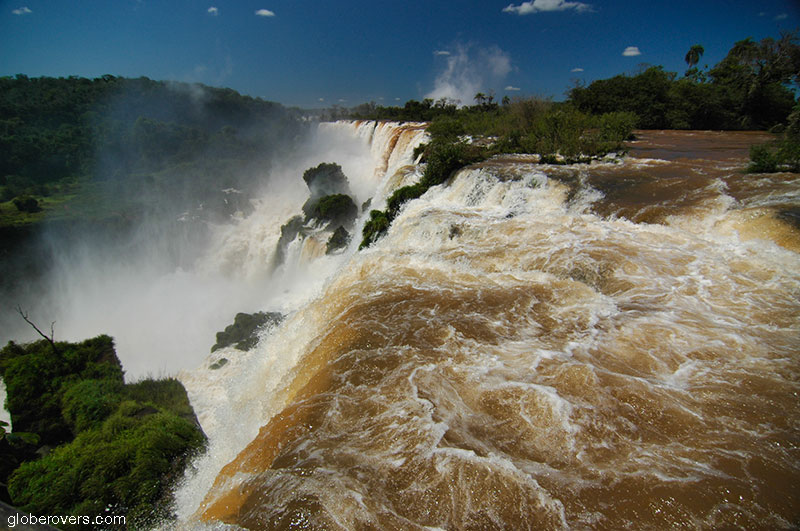
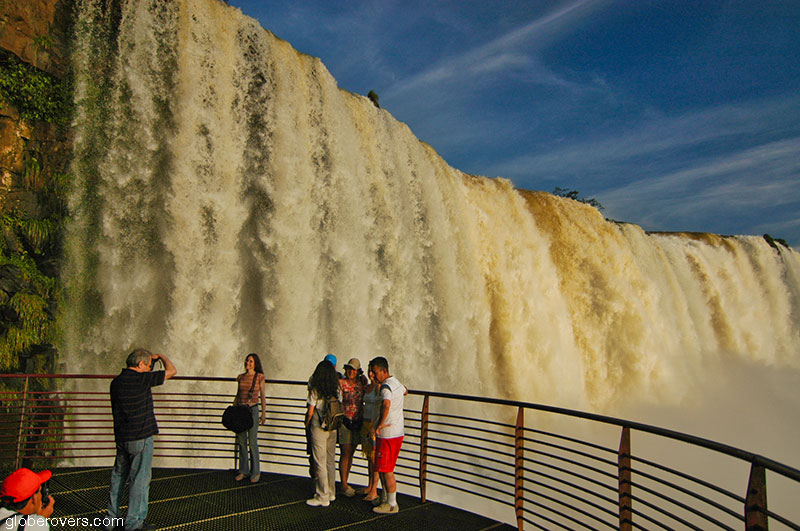
2. Food, Tango Dancing, and the Barrios – Buenos Aires
Watch the live tango lessons on the street in the bohemian San Telmo district of Buenos Aires. Meet up with a local Porteño (resident of the city) to walk with you through the many barrios (suburbs). Each barrio has its own distinct personality and attractions.
After exploring the city, settle down in a nice cafe for a few glasses of wine from Argentina’s Mendosa region. Don’t miss the Malbec reds, which are authentically Argentinian. For dinner, get to Siga La Vaca restaurant in the barrio of Puerto Madero for a serious carnivore indulgence, with more wine!
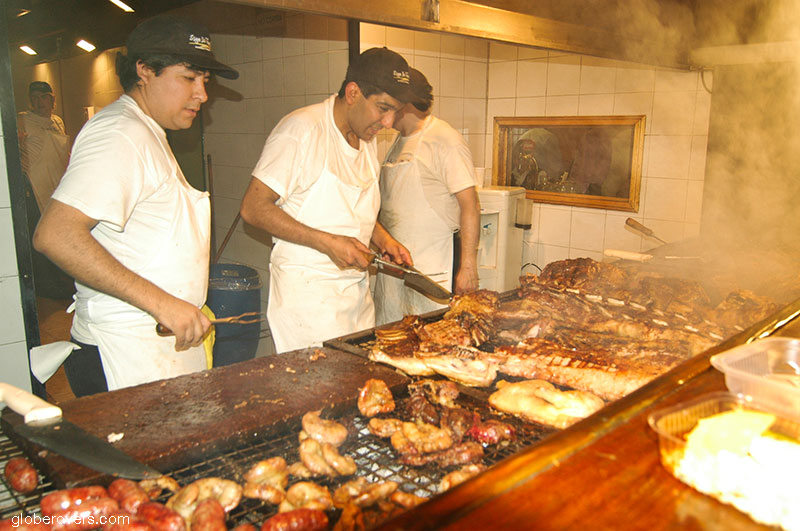

3. The Glaciers Los Glaciares National Park
Perito Moreno Glacier in the Los Glaciares National Park of the Patagonia Region is one of the most accessible glaciers in the world. No need to hike for days through the rugged mountain terrain. The front end of this massive glacier reaches out into Lago Argentino and is about a 1-hour drive from the small town of El Calafate, a great base to explore the region.
The area around Lago Argentino in the Southern Patagonian Ice Field has several glaciers, including the impressive Upsala Glacier, known for its rapid retreat.
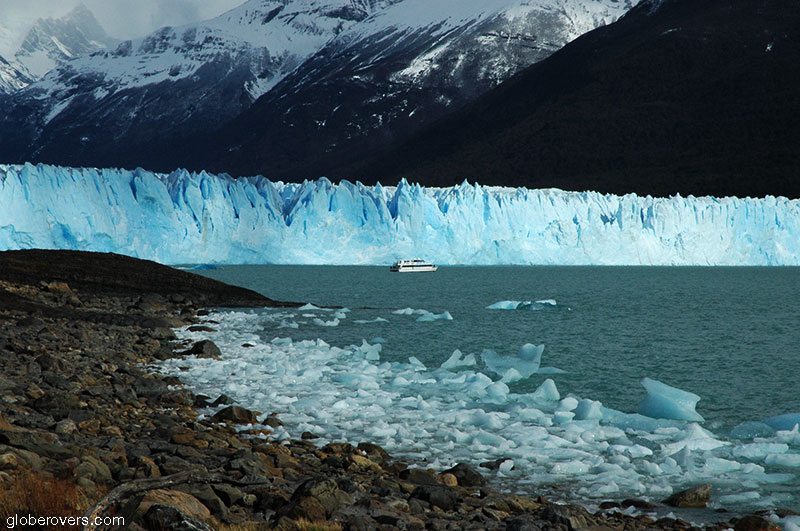

4. Wildlife – Península Valdés
Located over 1,300 km (800 mi) south of Buenos Aires, Península Valdés in Patagonia is connected to the mainland by the isthmus of Carlos Ameghino. It is home to an important breeding population of the endangered southern right whale as well as southern elephant seals and southern sea lions. You may also see orcas, rheas, guanacos, maras, magellanic penguins, foxes, and many bird species.
Stay in the nearby town of Puerto Madryn or even closer at the small settlement of Puerto Pirámides.
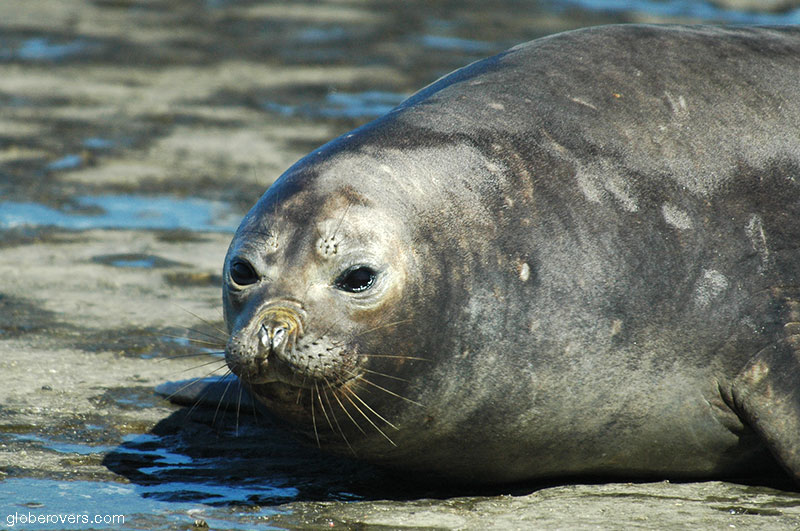
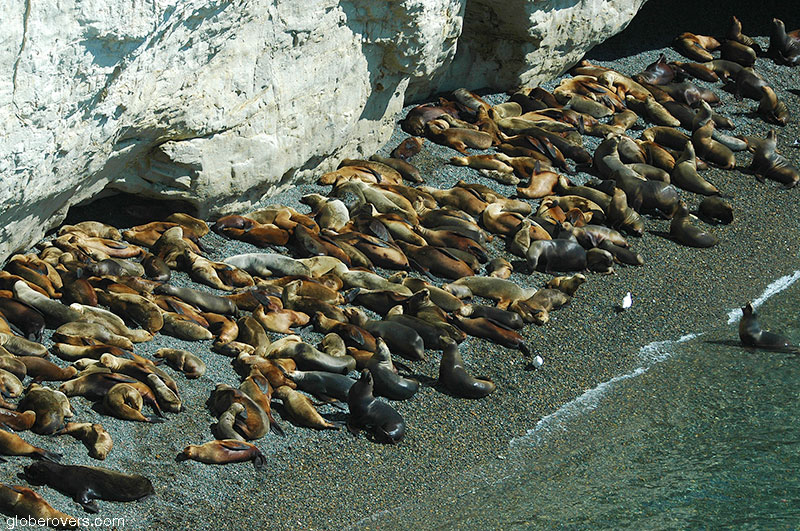
5. Mount Fitz Roy – El Chalten
Located in the Glaciares National Park near the town of El Chalten along the border with Chile, this is one of the most beautiful places on earth. Cerro (hill) Fitz Roy has become an important symbol of Patagonia, and also of Argentina.
The rugged sky-puncturing peaks are visible from far away and only the most adventurous dare to climb the peaks. Most travellers come here to hike the trails rather than climbing its high peaks at 3,375 m (11,070 ft). Visitors can camp for free in the designated campgrounds and entry to the national park carries no entry fee.

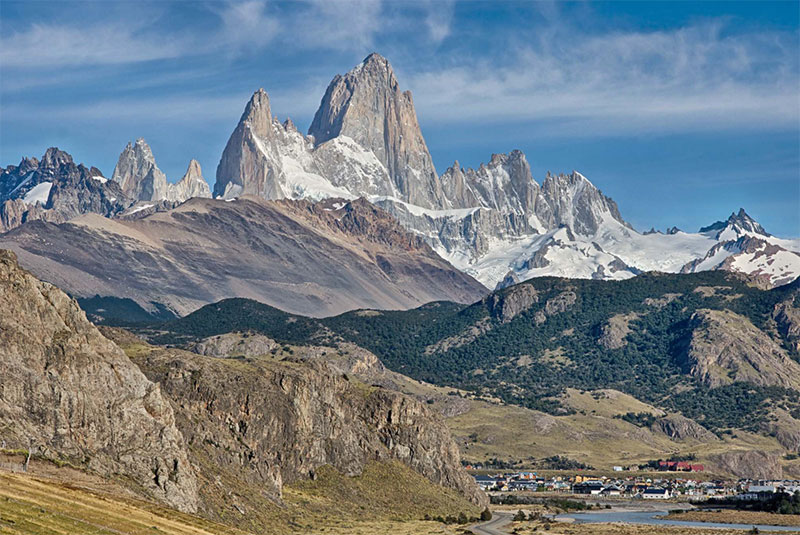
6. Iberá Wetlands – Corrientes
The Iberá Wetlands is comparable to the Pantanal, the world’s largest tropical wetland area located across Brazil, Bolivia and Paraguay. It is teeming with wildlife such as caiman, otters, capybaras, wolves, howler monkeys and over 400 species of birds.
The Iberá Wetlands is a mix of swamps, stagnant lakes, and lagoons and is the second largest wetland in the world after the Pantanal. Stay on a farm with the gauchos (South American cowboys) and experience life by drinking maté tea with Argentina’s most skilled horsemen.
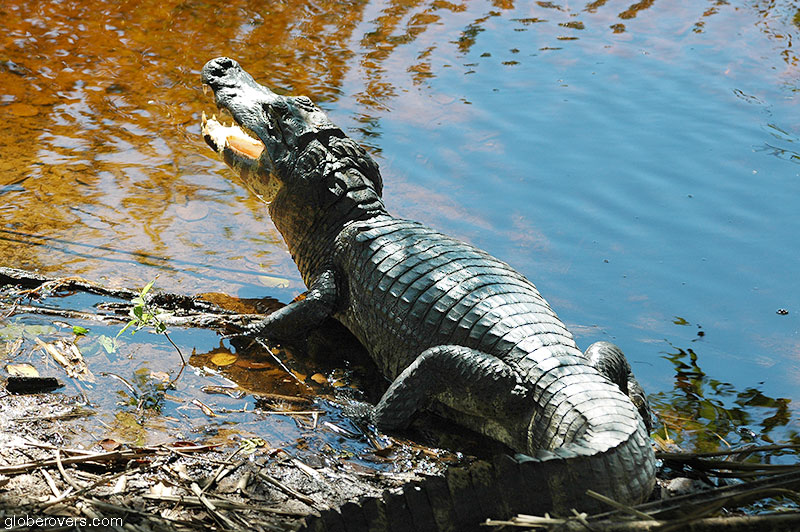

7. Myrtle Forest Bariloche
The legendary myrtle woods are located near Bariloche in the stunning Quetrihue Peninsula west of Península Valdés along the Chile border.
The Myrtle is a bush with an exquisite saffron-tanned colour covered in petite white flowers. As the bush gets older it becomes a tree and creates a unique dense forest. The old trees have wide trunks with saffron-tanned bark covered in white spots. Nearby Lake Nahuel Huapi and Victoria Island are located in a calming and beautiful, natural environment.
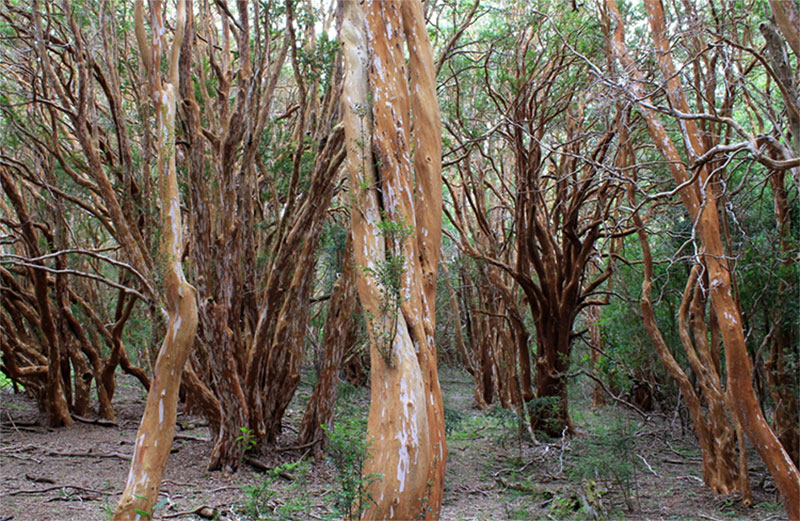
8. Southern Lighthouse – Beagle Channel
No trip to Argentina is complete without going the long way down to Ushuaia, the world’s southernmost town. From here take day trips to the nearby Parque Nacional Tierra del Fuego and the Glaciar Martial.
Boat trips leave from the Ushuaia harbour to show travellers the beauty of the Beagle Channel that separates the larger main island of Isla Grande de Tierra del Fuego from various smaller islands to the south. Here you will see the world’s southernmost lighthouse, the 1920-built Les Eclaireurs Lighthouse. It is 11 m (36 ft) high.
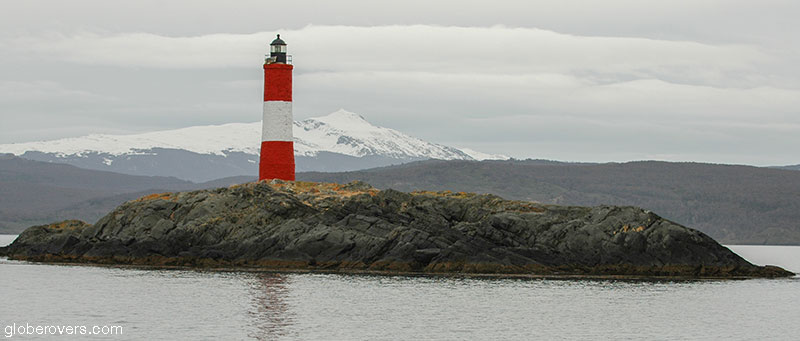
9. Wines and Wineries – Mendoza
From north to south, Argentina has two popular wine-making regions, Mendoza and San Juan, and a developing region of La Rioja, and Catamarca. There are also some vineyards in the eastern part of the country, in the provinces of Cordoba, Buenos Aires, and La Pampa, but their production is still low.
Mendoza, Argentina’s largest wine region, is located at the edge of the Andes Mountains. The first vines were planted here in the mid-16th century. It is most famous for its excellent Malbec grape variety.
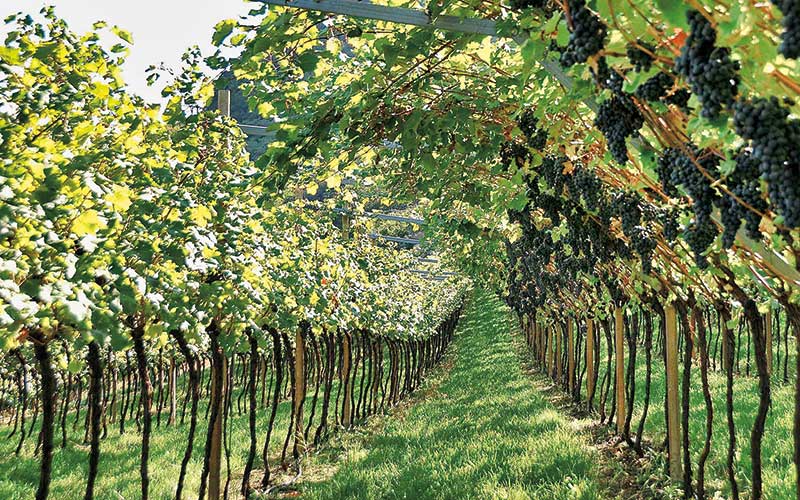

10. Red Earth – Quebrada de Humahuaca
Two hours drive south of the Bolivia border lies the Quebrada de Humahuaca (Humahuaca Gorge). This is a 200 km long (124 mi) UNESCO World Heritage Site that contains evidence of being inhabited by pre-hispanic tribes about 15,000 years ago.
The area is rich in history, art and culture, and one of the most unique and beautiful landscape sceneries in the world. A highlight is the Cerro de 7 Colores (Hill of Seven Colours) in Purmamarca, as well as the ruins of the Pucara fortress. The tranquil town of Humahuaca is a must visit.
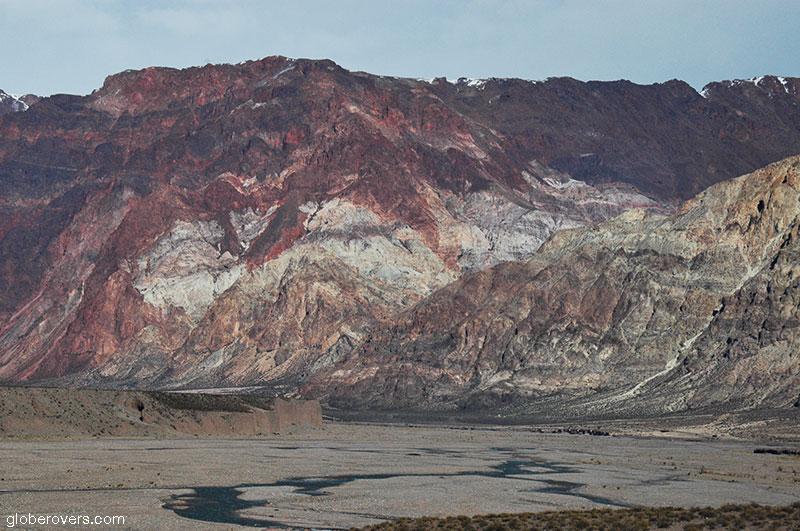

☛ Read more: Argentina – The Long Way Down

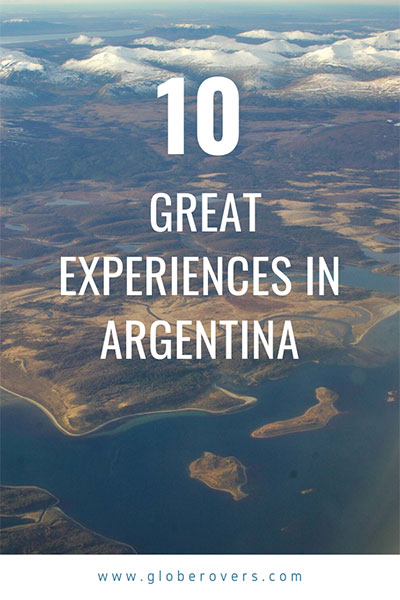

Blog post and photos by Peter who has been travelling almost full-time since 2005 and has been to over 122 countries. He visited several countries, such as Japan, more than 20 times. Peter is Editor-in-Chief and Publisher of GlobeRovers Magazine, an independent travel magazine focused on intrepid destinations.
